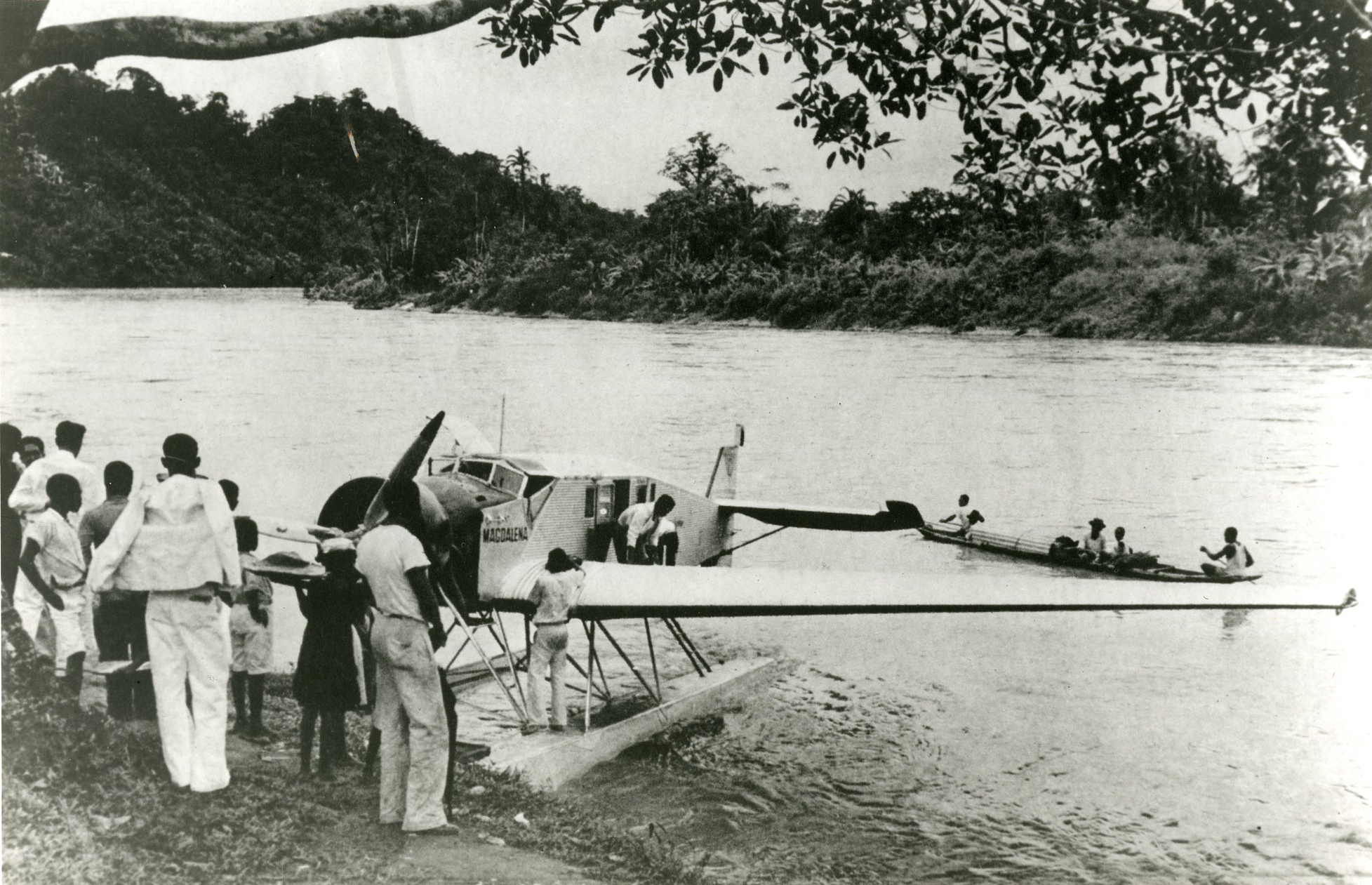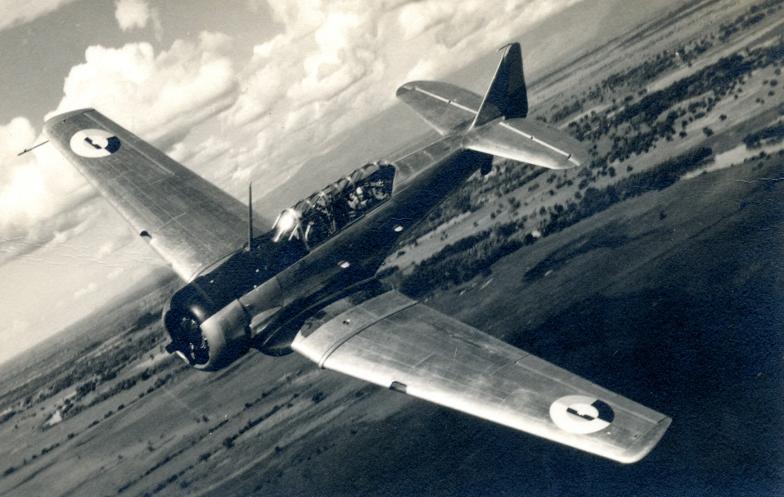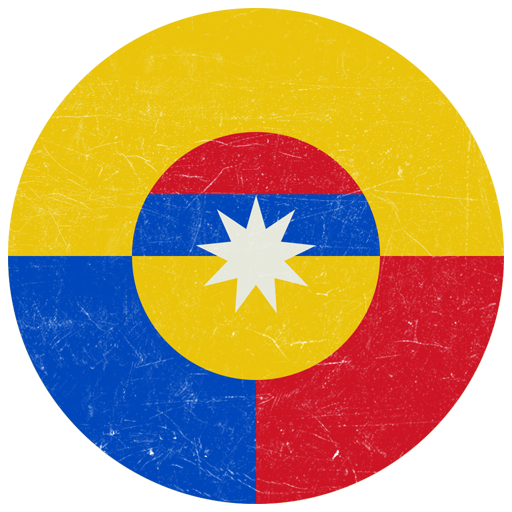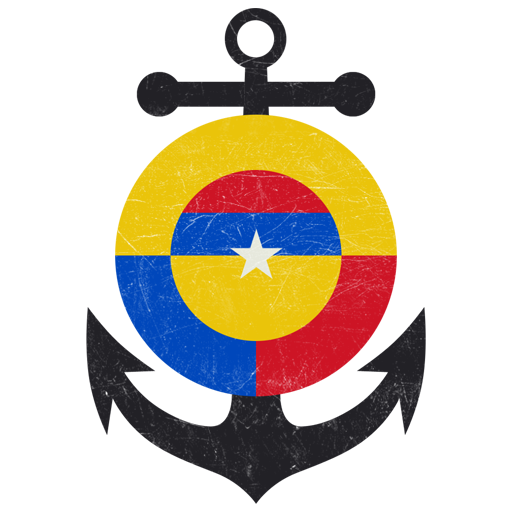
- For PC
- For MAC
- For Linux
- OS: Windows 10 (64 bit)
- Processor: Dual-Core 2.2 GHz
- Memory: 4GB
- Video Card: DirectX 11 level video card: AMD Radeon 77XX / NVIDIA GeForce GTX 660. The minimum supported resolution for the game is 720p.
- Network: Broadband Internet connection
- Hard Drive: 23.1 GB (Minimal client)
- OS: Windows 10/11 (64 bit)
- Processor: Intel Core i5 or Ryzen 5 3600 and better
- Memory: 16 GB and more
- Video Card: DirectX 11 level video card or higher and drivers: Nvidia GeForce 1060 and higher, Radeon RX 570 and higher
- Network: Broadband Internet connection
- Hard Drive: 75.9 GB (Full client)
- OS: Mac OS Big Sur 11.0 or newer
- Processor: Core i5, minimum 2.2GHz (Intel Xeon is not supported)
- Memory: 6 GB
- Video Card: Intel Iris Pro 5200 (Mac), or analog from AMD/Nvidia for Mac. Minimum supported resolution for the game is 720p with Metal support.
- Network: Broadband Internet connection
- Hard Drive: 22.1 GB (Minimal client)
- OS: Mac OS Big Sur 11.0 or newer
- Processor: Core i7 (Intel Xeon is not supported)
- Memory: 8 GB
- Video Card: Radeon Vega II or higher with Metal support.
- Network: Broadband Internet connection
- Hard Drive: 62.2 GB (Full client)
- OS: Most modern 64bit Linux distributions
- Processor: Dual-Core 2.4 GHz
- Memory: 4 GB
- Video Card: NVIDIA 660 with latest proprietary drivers (not older than 6 months) / similar AMD with latest proprietary drivers (not older than 6 months; the minimum supported resolution for the game is 720p) with Vulkan support.
- Network: Broadband Internet connection
- Hard Drive: 22.1 GB (Minimal client)
- OS: Ubuntu 20.04 64bit
- Processor: Intel Core i7
- Memory: 16 GB
- Video Card: NVIDIA 1060 with latest proprietary drivers (not older than 6 months) / similar AMD (Radeon RX 570) with latest proprietary drivers (not older than 6 months) with Vulkan support.
- Network: Broadband Internet connection
- Hard Drive: 62.2 GB (Full client)
'B-25 Mitchell of the Colombian Air Force', skin by Jota05 | download here
September 1916, the First World War had been raging for a little over 2 years. Although halfway across the world and not involved, the Colombian military was still alerted as every month new, powerful and terrifying weapons of war were revealed.
 |
| Junkers W34 of SCADTA airlines, picture taken in the late 1920s |
Still mainly rural with stretches of the Andes mountains to the west and Amazon jungle to the southeast side, the advantages of aviation were obvious and new designs made it practical and safe to use. After the 1916 commission in which a handful of officers went to France for flight training, the December 31st Law 126 of 1919 established the goal of creating military aviation and accompanying school for the Colombian Army. It was not until February 15th, 1921 that it was formally activated, only to go “bankrupt” a year later!
This is where an interesting turn of events begun. German aviators faced an uncertain future after the 1919 Versailles Treaty, and found a new opportunity in the Colombian efforts toward aviation. On December 5th, 1919 the Sociedad Colombo Alemana de Transporte Aéreo, or SCADTA was formed, also known as Deutsch-Kolumbianische Luftverkehrsgesellschaft in Germany, meaning Colombian-German Air Transport Society in English. It became the second established commercial airline in the world! Although civilian, it was a major influence on the future air force.
It is likely that the German connection opened lines of communication, which resulted in a Swiss mission headed by Captain Henry Pillichody to reopen the School of Military Aviation on November 8th, 1924 in Madrid, Colombia. Four Swiss Wild WT and eight Wild X trainers heralded the first air parade on August 7th, 1927, with the first combat aircraft being active a year later, one American Curtiss Falcon O-1! The future Fuerza Aérea Colombiana, Colombian Air Force or FAC was finally a proper air force, although still an army branch.
 |
| Colombian AT-6 Texans on patrol duty on the Caribbean coast |
Operationally, nothing of note happened with the fledgeling air force until September 1st, 1932, when Peruvians at the southern tip of Colombia invaded the town of Leticia over a long-standing border dispute. The advantages of using aircraft to quickly reach the area and combat the invaders were obvious, but with only four new Curtiss CW-C14R Osprey combat support aircraft and a sole O-1, their effectiveness was negligible. The Congress of Colombia acted quickly with large funding increases, authorising the purchase of new aircraft, facilities, and hiring experienced pilots, many of them Germans and Colombians from SCADTA airlines. Twenty American Curtiss Falcon F-8F and thirty Curtiss Hawk II F-11C fighters were purchased, alongside more commercially-orientated German aircraft: 4x Junkers F.13, 4x Junkers W 34, 3x Junkers K 43, 6x Junkers Ju 52/1m, 2x Dornier Merkur II and 4x of the world famous Dornier Wal flying boat.
Many of the transports were float plane versions and could land on large rivers to deliver supplies and perform aerial reconnaissance, meanwhile the fighters carried out air to ground attacks. The Peruvians did have combat aircraft as well, and one of its American Douglas O-38Ps was brought down and captured, but by then the League of Nations had successfully negotiated a peace treaty, ending the conflict on May 24th, 1933. The O-38P and crew returned and Leticia was once again Colombian territory. The FAC lost 4 pilots in non-combat related accidents, one of them being of German nationality, and 4 planes (Curtiss Falcon O-1, Osprey C-14 and Goshawk F-11, and a Junkers F-13).
World War 2 created huge uncertainty for Colombia. Although allied with the US and receiving support from them, there was great pressure to expel the German nationals due to fears of insurgency. The Colombian government bravely resisted the pressure, but did enact some measures to eliminate potential German espionage. After December 7th, 1941, Colombia was forced to deal with the semi-German SCADTA airline, merging it with the national airline SCAO (the future Avianca airline), although Austrian industrialist Peter Paul Von Bauer had already sold his controlling interest to Pan-American airlines to prevent any Nazi control.
.jpg) |
| Post-war F-47D Thunderbolts of the Colombian Air Force |
About this time Colombia received modern American PT-17’s and AT-6 trainers, although the latter could also be used for combat duty. Except for anti-submarine patrols there were few wartime engagements. Soon after the war ended the FAC became an independent organization.
After the war, Colombia acquired notable amounts of surplus American equipment including P-47 Thunderbolts and A-26 Invaders, starting a trend of acquiring American aircraft with a smattering from other countries; their first jets were Canadian built Sabre Mark IV F-86 and a few low cost surplus F-80’s later. Despite tensions with neighbors, internal political upheavals and economic uncertainty, the FAC grew and evolved with, and taking advantage, of all the latest aerospace technologies. Its main combat missions are dealing with FARC guerrillas and narcotic traffickers. Colombia is highly protective of its airspace and routinely shoots down aircraft along drug routes not responding to radio commands. In combating insurgents they use a number of aircraft, including six Basler BT-67s, a refurbished and heavily modified C-47, used as a counter-insurgency gunship, as well as their A-37 attacker. On the other extreme, a small, modified “homebuilt kitplane”, the Lancair Legacy T-90 Calima, is their primary trainer! A very interesting history indeed.
Author: Joe "Pony51" Kudrna
With an upcoming update we will include the following decals to War Thunder:
 |
 |
| Roundel of the Colombian Air Force, 1927 - 1953 |
Roundel of the Colombian Naval Aviation, since 1953 |
Decals by Colin 'Fenris' Muir




